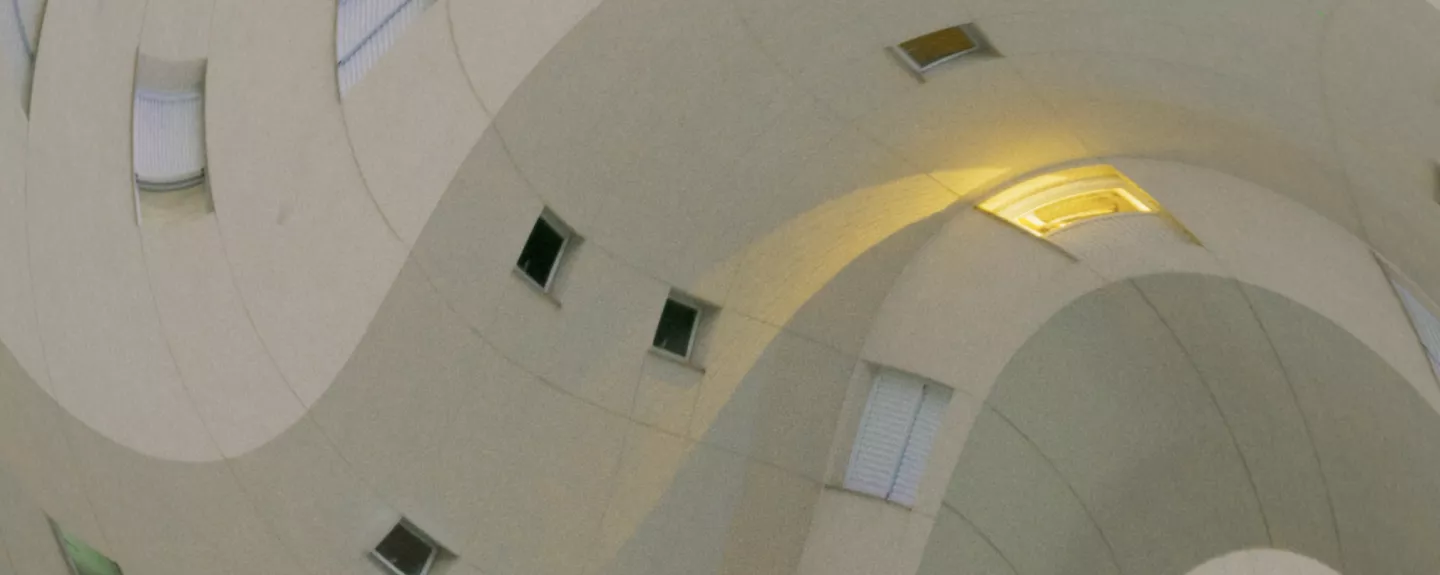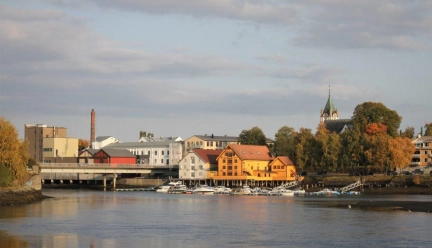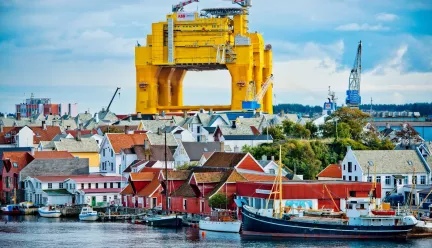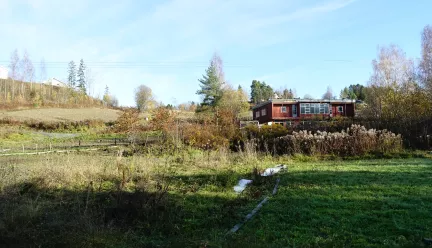Living cities

The open international idea competition Europan 16 – Living Cities is being launched at a critical time. We are between the climate crisis, the biodiversity crisis, and seeing the contours of a health crisis that is likely to well outweigh the direct impact of the pandemic. Europan Norway has won the trust of four Norwegian municipalities that want the emerging generations of practitioners to point out how their communities can prepare for the future. We ask you as a Europan 16 participant to demonstrate how these towns and places can set an example with designs and strategies to help prevent social and ecological collapse. No other professions are better placed to illustrate that the crisis scenario also represents unique opportunities. The challenge is as follows: show how we collectively can create vital towns and villages based on social and environmental justice.
With the themes Metabolic Vitalities and Inclusive Vitalities, we invite you to take a systemic approach to all streams of life and energy that help shape our society and give vulnerable groups and imperilled ecosystems the consideration they need to build equitable communities. It is a challenging yet exciting time to be practising spatial planning. More than ever, the teams tasked with creating sustainable towns in which we can live and work in the future must embrace cross-disciplinary approaches and innovation. The demand to consider the natural environment and biodiversity is more present than never before ー we will not succeed with society’s most pressing task without integrating our knowledge of nature, fauna and flora in the planning processes.
The Norwegian towns looking to the international community for exchange and new ideas to develop Living Cities are Haugesund with Risøy, Levanger with The Wooden Town, Nesodden with Fagerstrand and Ringerike with Hjertelia. Representatives of the local authorities have put a considerable amount of work into preparing for the competition. At Europan Norway we are proud that they have chosen the open international architecture competition as a tool for their town and urban development processes.
The city of Haugesund was in 2020 awarded the BOBY Housing – and City Planning Price for its work on executing the zoning plan in Flotmyr, where Europan 11 was instrumental in drawing up a framework and holistic vision for the development. We hope that the Europan 16 candidates will be inspired by the fact that Haugesund is preparing to make Europan 16 an equally vital element in its next big urban development project: The island of Risøy.
The municipality of Nesodden ranks high in the Sabima ranking of how well local authorities in Norway incorporate nature and biodiversity in their plans. Nesodden has adopted a progressive approach to the issue; The municipality asks participants to identify measures for comprehensive densification of the rural village of Fagerstrand on nature’s terms.
Meanwhile, in Ringerike, the local authority wants to build a pilot project for a brand new kind of neighbourhood in Hjertelia, a productive landscape close to the town centre. In 2013 Sabima introduced a new criterion in their ranking: land degradation neutrality – a concept comparable to climate neutrality but implicating a target of zero net loss of natural land. It is an apt reminder for those wanting to get involved with any of the sites in Europan 16, reminding us that we are on the threshold of an entirely new paradigm in town – and urban development worldwide. Europan Norway has selected sites in municipalities that have demonstrated a desire for change, and they want you to show the way.
The case of Levanger represents the ultimate challenge in respect of the Living Cities theme. In 2018, the centre of Levanger was listed as protected cultural heritage for its well-preserved town plan from 1846 and characteristic wooden architecture. The Directorate for Cultural Heritage declared that the listing should not pose an obstacle to development. The meaning of that statement could be subject to inquiry in itself, but the edict added an additional element to a more general problem: the decay of small towns. Here the local authority has spotted an opportunity, and it wishes to use the competition to investigate how the historical qualities can be used to drive development.
How can we restructure our cultural and physical heritage and – while being mindful of all kinds of life – create tomorrow’s sustainable and equitable towns in light of what we have learnt from the past?
Dear participants. We are looking forward to discovering how you would solve the challenge and to working with you after the competition!
The sites
-

Levanger
Create strategies and interventions to revitalize the historical town centre. Explore designs and…
-

Risøy
How can this island of breathtaking contrasts become place where industrial activity and all forms…
-

Fagerstrand
As a quiet village is posed for densification, it needs a plan to connect the dispersed sites and…
-

Hjertelia
In a town on the cusp of radical transformation, a new pilot neighbourhood is to be developed…